Table of Contents
THE AMERICAN ROAD
STUDIES IN GOVERNMENT
AND PUBLIC POLICY
THE AMERICAN
ROAD
Highways and American Political
Development, 18911956
Katherine M. Johnson
 University Press of Kansas
University Press of Kansas
2021 by the University Press of Kansas
All rights reserved
Published by the University Press of Kansas (Lawrence, Kansas 66045 ), which was organized by the Kansas Board of Regents and is operated and funded by Emporia State University, Fort Hays State University, Kansas State University, Pittsburg State University, the University of Kansas, and Wichita State University
Library of Congress Cataloging-in-Publication Data
Names: Johnson, Katherine M., author.
Title: The American road : highways and American political development, 18911956 / Katherine M. Johnson.
Description: Lawrence, Kansas : University Press of Kansas, [2021] | Series: Studies in government and public policy | Includes bibliographical references and index.
Identifiers: LCCN 2020048516
ISBN 9780700632411 (cloth)
ISBN 9780700632428 (epub)
Subjects: LCSH: RoadsPolitical aspectsUnited StatesHistory20th century. | RoadsGovernment policyUnited StatesHistory20th century. | Public worksUnited StatesHistory20th century. | United StatesPolitics and government20th century.
Classification: LCC HE355 .J64 2021 | DDC 388.1/22097309041dc23
LC record available at https://lccn.loc.gov/2020048516.
Printed in the United States of America
10 9 8 7 6 5 4 3 2 1
The paper used in the print publication is acid free and meets the minimum requirements of the American National Standard for Permanence of Paper for Printed Library Materials Z.- 1992 .
To Margery
CONTENTS
ACKNOWLEDGMENTS
This project originated in my work as a policy advisor to New York City mayors Ed Koch and David Dinkins in the late 1980s and early 1990s. A major part of the job involved the multiyear project to rebuild the citys transit system, which had suffered years of disinvestment precipitated in large part by federal policy initiatives described in this book. I was especially fortunate in this regard to work with a great group of public servants, including Sharon Landers, Edward Seely, Barbara Fife, Jay Higle, Mort Downey, and Ray Ruggieri, who shared not just their detailed knowledge of transportation policy but their acute awareness of the circumscribed role of cities in the American federal system. Several were also veterans of the long effort to reform federal transportation policy, which culminated in the Intermodal Surface Transportation Policy Act of 1991, also while I was there.
It was the opportunity to work with a great group of scholars at the University of California at Berkeley, however, that allowed me to translate this experience into the sustained inquiry that became this book. I am especially grateful in this regard to Robin Einhorn, D. Paul Thomas, and, especially, Richard Walker, whose groundbreaking research into property rights, the capitalist state, and economic geography, respectively, provided not just the theoretical grounding for this research but the intellectual confidence to take on an established field. As for the long process itself, credit belongs entirely to my husband, Tomohisa Hattori, who continued to insist even as the obstacles began to mount that there was no greater goal in life than to write a good book.
1. Highways and American Political Development
The primary reason for the rapid spread of motor vehicles around the world is their remarkable utility. The internal combustion engine vastly multiplies the power of draft animals, and self-operation liberates drivers from the fixed schedules of fixed rail, ferries, and buses. In addition, because motor vehicles were designed to operate on regular city streets and country roads, they opened up new opportunities for business, recreation, and social life.
Though most countries vigorously assumed the task of retrofitting and expanding the public roads for the automobile, nowhere was this effort pushed so far as in the United States. The American highway system today is a vast, dense, functionally differentiated network consisting of one million miles of major roads and expressways that collect and distribute traffic from an additional three million miles of rural roads and city streets, the vast majority of which have also been retrofitted for motor vehicle use.

Figure 1. Lane-Miles per Capita, Canada and the United States. Sources: Federal Highway Administration, table HM-60, 2011 Functional Lane Miles; Transportation in Canada, table R02, Length of Public Road Network 2010; Canadian and US Census 2008.
For most of the twentieth century, the primary explanation for the outsized dimensions of the American highway system was a deep-seated cultural disposition of the American people. The open road is a metaphor for the frontier in the interpretive histories of Frederick Jackson Turner and Louis Hartz. As Phil Patton explains, American highways are a concrete expression of our national obsession with mobility and change, with the horizon, with the frontier.).

Figure 2. Paved Mileage versus Motor Vehicle Use. Sources: Federal Highway Administration, table VM-1, Annual Vehicle Distance Traveled; and table M-200, Total Road and Street Mileage. Road mileage data does not include additional lanes.
It returned with even greater force after World War II as millions of American families bought new homes on that highway grid beyond the reach of trolleys, buses, and sidewalks. That postwar American landscape, however, was also backed by huge federal subsidies for housing and highways, making it difficult to distinguish cultural choice from simple economic calculus. Culture was even further muddied as a causal force in the late 1950s when Congress authorized the construction of a 41,000-mile overlay of superhighways on the existing highway gridjustified, at least in part, as a means of civil defense. As President Dwight D. Eisenhower explained in his transmittal letter to Congress on February 22, 1955, unless this additional investment was made, that existing network would be the breeder of a deadly congestion within hours of an [nuclear] attack.

Figure 3. Production of Roads and Cars, 1920s versus 1930s. Sources: Federal Highway Administration, table MV-1, State Motor Vehicle Registrations; and table M-200, Total Road and Street Mileage. The data does not reflect mileage that consists of more than two lanes.
In the wake of the freeway revolts and the cascading changes in the nations transportation and environmental policies that ensued, two more encompassing explanations for the outsized dimensions of the American highway system emerged. The first, advanced by a wave of journalists and policy activists close on the heels of the freeway revolts, was the pervasive influence of a powerful road gang of motor vehicle manufacturers, truckers, and road contractors, all bent on securing the public infrastructure on which their profits relied.


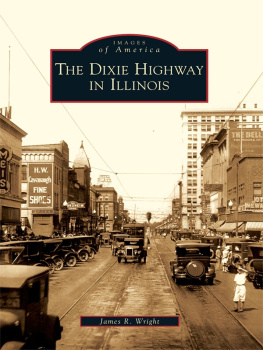
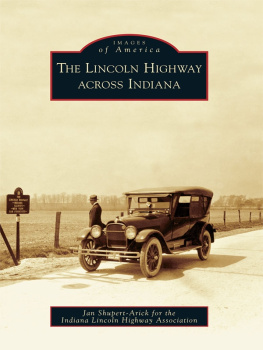
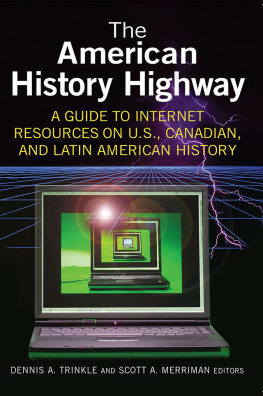
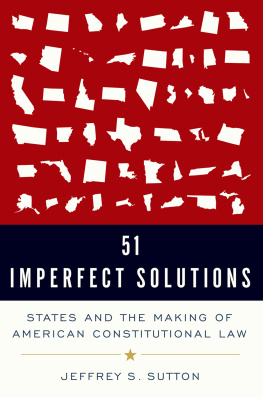
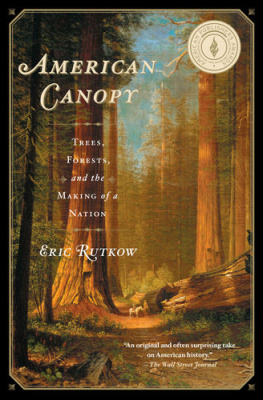


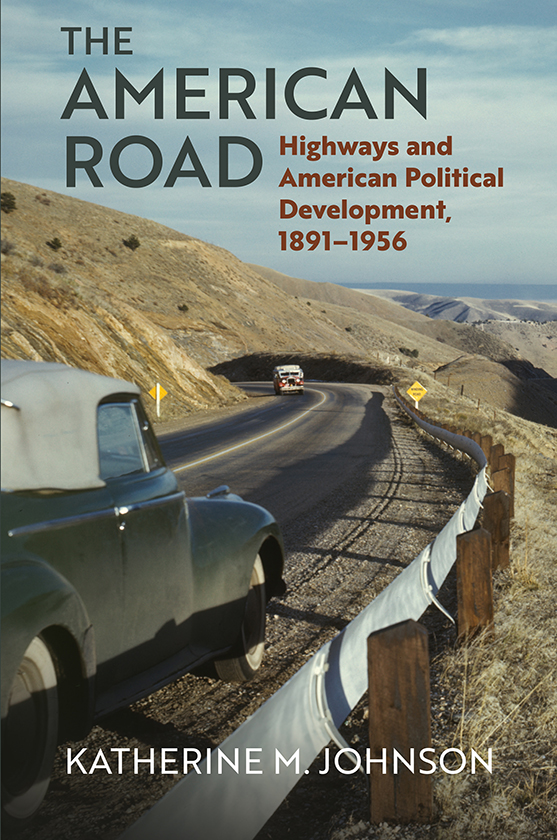
 University Press of Kansas
University Press of Kansas

